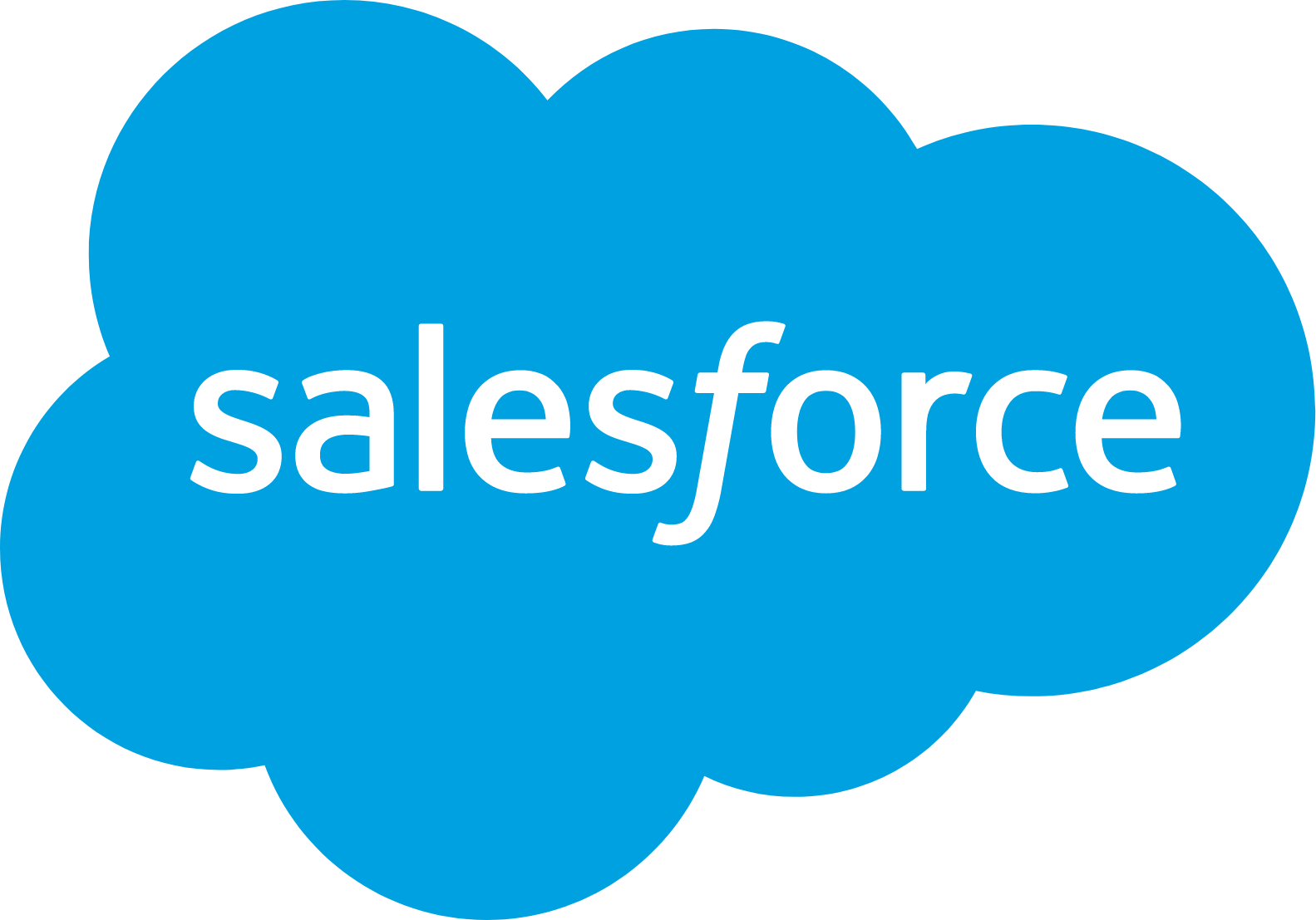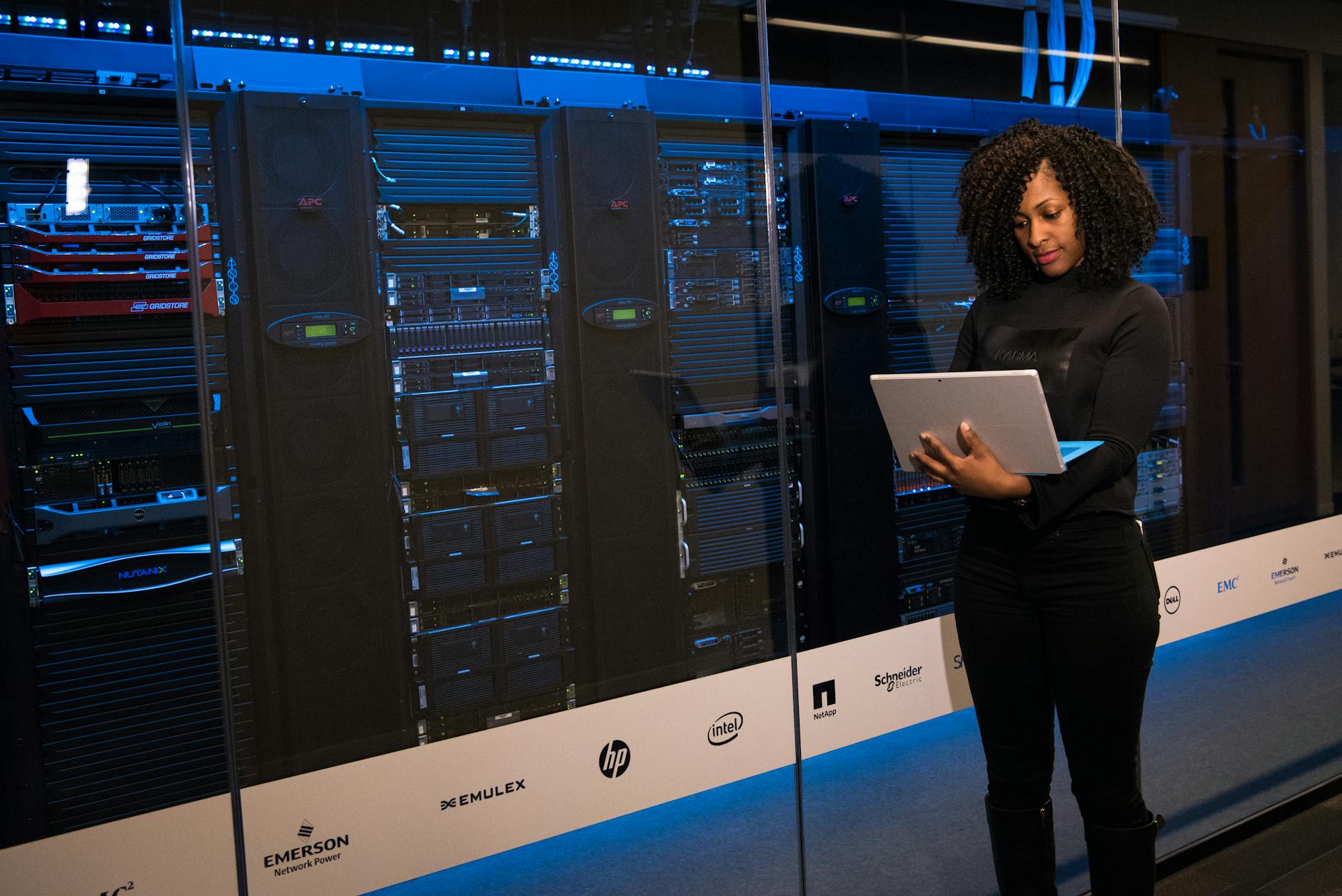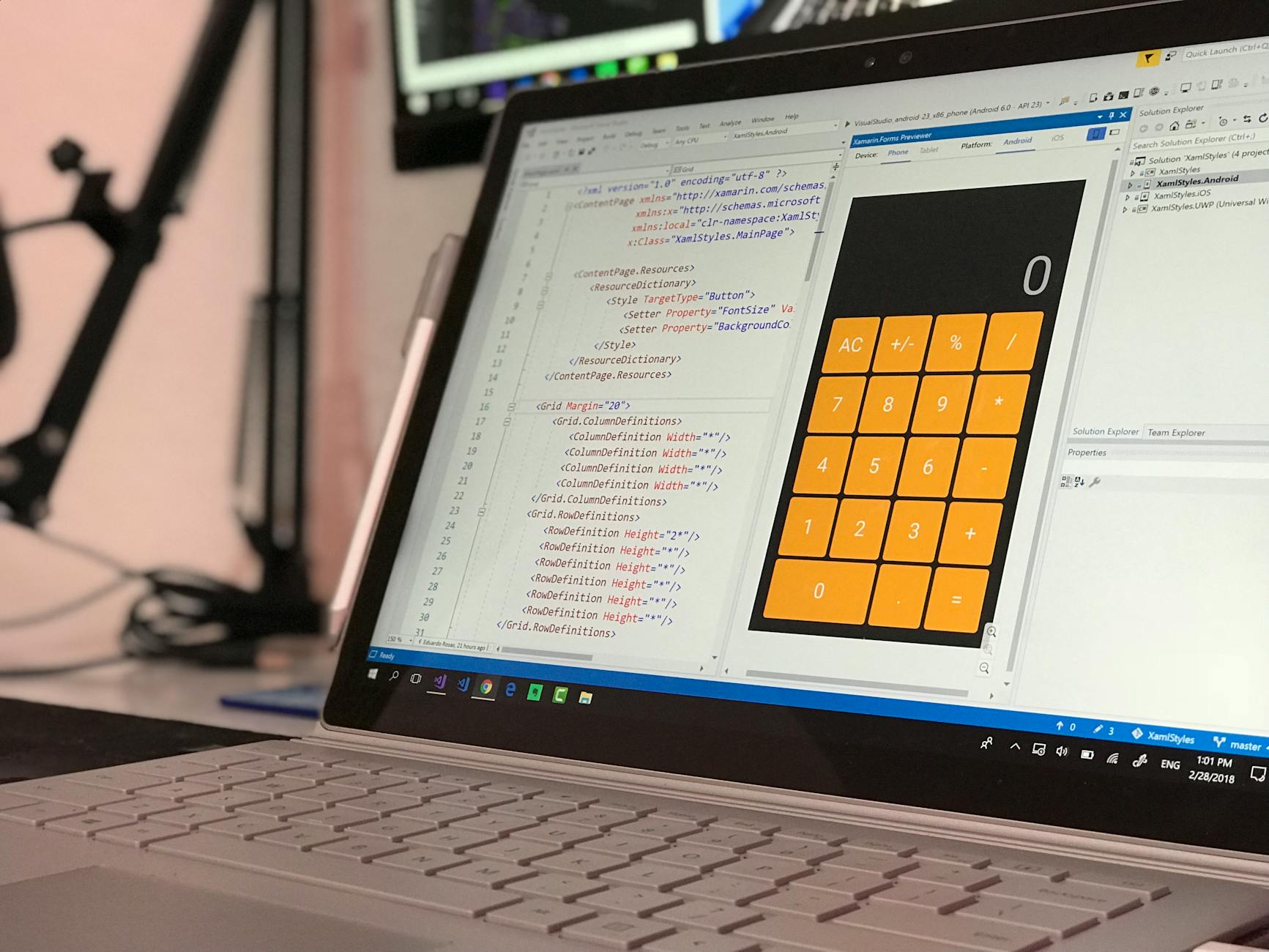CB Insights has recently published its analysis of top reasons for startup failure. The number one reason (41%) for a start-up to fail is “no market need” — almost half of the start-ups were building products that no one needed. And most startups begin with an MVP, don’t they?

Source: CB Insights
Thanks to Eric Ries, the author of Lean Startup, MVP has become the default scenario for tech startups. We all know the success stories of Minecraft, Airbnb, Groupon, etc. starting with bare-bone MVPs.
Why do other startups fail and is there a secret path to creating a 100% successful application? You bet, but before we discover how to build a minimum viable product, let’s decide on what we call an MVP.
User-Driven Approach
Watch our webinar and learn the top ways of reducing poor user satisfaction, low adoption rates, and decreased loyalty.
What is an MVP?
The most popular definition of the Minimum Viable Product is the one by Eric Ries:
A Minimum Viable Product is that version of a new product which allows a team to collect the maximum amount of validated learning about customers with the least effort.
— Eric Ries
This interpretation also happens to be the most argued-about definition of an MVP.
Product owners and investors, project managers and developers — all stakeholders have their own ideas about the MVP meaning. Share on XLet’s see if we can find some common ground.

The “Minimum” part of the MVP is about efforts, which often translates into the number of features the solution should have to succeed. The problem is it’s difficult to quantify what the minimal set of features should be.
The “Viable” part means the MVP should churn in profits. If you are serving your customers with your MVP, they should be paying for the service. In fact, it’s one of the main reasons for building an MVP — to get paying customers.
The “Product” is the least controversial part: everybody knows what a product is.
So, taking into account the importance of all three components, an MVP in mobile app development, will be a mobile solution that requires the least effort to build and includes just enough functionality to get your customers to subscribe or pre-order the full-featured version of the app. As Ash Maurya, the author of Running Lean, succinctly put it:
MVP is the smallest thing you can build that delivers customer value (and as a bonus captures some of that value back, i.e. gets you paid).
— Ash Maurya
Why Do You Need an MVP App?
Your task will be to gather the feedback from the first customers to iterate on your product. It’s in line with the Lean Startup Methodology:

Source: Eric Ries
As the author explains, “The modern rule of competition is whoever learns fastest, wins”. Sticking to this thought, implementing an MVP brings plenty of opportunities to learn and, eventually, win.
The benefits of building a Minimum Viable Product are quite obvious but let’s go through each of them before moving to the next part.
Validating Your Business Idea
Your app idea might be indeed great and inspiring. However, to make it successfully to the market and deliver value to your business, your app project should be feasible; and the final product should address existing demands and be close to immaculate.
MVP development ensures your solution is tried and tested to meet the initial goals and encompass the expected deliverables.
Timely Users Feedback
One of the most significant advantages that MVP app design provides is the opportunity to research your target audience when it’s needed the most — at the initial stage. Once a fully-fledged product is launched, it might be a bit risky to start collecting users’ feedback. The sooner, the better.
When you have a chance to adjust and change the app’s design and functionality, you can expect to come up with a robust final product to meet all of the customers’ needs. That’s what an MVP application is made for.
App Development Cost Optimization
Obviously, building a solution with a truncated set of features is way less expensive than delivering an all-encompassing solution. The cost of MVP app development is likely to fit the budget for those who plan to spend on delivering an app to the market.
On the other side, it helps optimize further expenses since it reveals what features, functionality, design, and other factors need to be adjusted — all of them definitely impact the cost of app development.
Project Estimates
Watch our webinar to learn about the practical ways to evaluate your software project estimates.
Financial Backing from Investors
Assuring investors and other stakeholders that your endeavor is worth their trust takes some effort. However, providing them with a viable plan and a feasible solution helps minimize the risks and make an informed decision to support your project. That’s why you should consider implementing an MVP application.
So, how do we capitalize on this potential of a Minimum Viable Product and keep it in the success zone? First, let’s discuss the reasons why many MVPs turn out not as expected.
Why Do MVP Apps Fail?
Because companies that choose to start with an MVP ignore one of the three aspects:
- Minimum
- Viable
- Product

Get the “Minimum” Right in an MVP App
When building your MVP app, you should remember that you need to get out something pretty fast. The quicker you finish it, the sooner you will collect users’ feedback. You can’t keep adding feature after feature to make your product more attractive.
In fact, you can start with a bare minimum, even before developing the MVP app. There are such variants as:
- Wireframes, or mock images of the app views,
- Clickable prototypes, like those you can build in Marvel App or similar services:
Note that you are looking to spend the minimum amount of resources to prep something viable and put it in the hands of your early adopters. Likewise, you should pay attention to what the competition is currently offering and keep only the features that make your app stand out.
The MVP app you have developed should successfully solve at least one problem for your users; and ideally wow them while doing this. Share on XGet the “Viable” Right in an MVP App
If you are in the app business for profits, you should account for the monetization strategy. It can be a subscription or in-app purchases, but your MVP app should be able to turn in some income. Otherwise, it’s a failure.

Although, when your target audience is an enterprise and your application will be used by a company’s employees, the “Viable” part will be a little different. It may be:
- a contract
- a pre-order
- an investment
Get the “Product” Right in an MVP App
A product is something tangible, complete. Given the universe MVP nature, your “truncated” application will lack a lot of features. Still, it should feel like a product in the users’ hands. Many successful companies started by building an MVP with a simulated back-end. Founders did all work instead of a back end themselves.
One of the examples is Zappos, where the founder offered users only the photos of sneakers that he would fetch and deliver from a retail shop upon an online order.
Developing a product, even as an MVP, means you have done a fair share of research. You know your target audience and bring them something unique with your solution with each iteration.

Source: Wikipedia
Other Reasons for Failed MVP Apps
Minimum Viable Product concept ambiguity aside, there may be many other pitfalls to consider in MVP development that can cause failures of your mobile product. The most common reasons for an MVP flop include:
Incompetent Team
Selecting a development team for building an MVP for a mobile app is the same as picking a vendor for any development project. You should be working with competent, skillful software developers that have proven expertise in the development of MVP apps. That’s a no-brainer, right? Wrong. Check out our e-book on selecting a vendor to make sure you get the best match.
Ignoring Customers’ Feedback
You develop the MVP to gather feedback in the first place. So, not listening to your users will shorten the life of your solution. You will be surprised by the ways people use your application and by their expectations. Their feedback will help you pivot and hone your MVP further.
Inappropriate Development Approach
Agile has become somewhat of a panacea in the software development industry. Our advice is to stick with agile for the MVP app development. Share on XThe waterfall methodology is perfect for complex projects, which can take six months or longer to develop. Instead, while working on your MVP app development you should opt for the most flexible and rapid technique — agile.

How to Proceed if Your MVP App Failed
Think about your MVP as about a process, rather than a finished product. There are many workarounds to turn it into a successful product even if the initial version failed.
Target Audience Match
It may be the case that you didn’t have enough early adopters, or that you were targeting a “wrong” audience. In that case, you can look for other users and either confirm that your business idea needs further work or pivot and iterate on your next version.
Play with Pricing
Setting the price right for your MVP is crucial. It makes sense to include a subscription, or integrate mobile ads. You might also consider a freemium model, so popular with apps.
You need to know your competition and customers to price your MVP app correctly. Share on XRun a Survey
You can always run a survey among your early adopters to find out what was wrong with your initial MVP version. Users’ feedback and mobile analytics built into the app will give you a clear picture of what went wrong.
Project Health Check
Learn the actionable steps to keep your software project on the right track, aligned with your initial goals and designated priorities.
How to Create an MVP App?
So what should be included in the development process in order to build a successful MVP solution?
1. Set the Goals for Your App
It all starts with an idea and setting the right goals your future application will have to meet. Whether you are addressing the company’s needs or launching an app for consumers, make sure you have a clear vision of what problem your product will solve, the target audience it will reach, and the value it will deliver.
2. Research the Market
The next vital step is to conduct market research. Before moving to the development, analyze your competitors and define what will help your MVP application stand out. Are there many similar apps on the market, or is your idea quite unique? What can you learn from your competitor’s experience? Do you know enough about your end users? What pitfalls can you avoid?
3. Map Out the User Journey
One of the key points to focus on is users. Segment your audience if needed, create personas, and think about the user experience for each group. Together with your development team, you can create wireframes and flowcharts to map out the user journey. It will help visualize how users will interact with your app and spot what is missing.
4. Prioritize Features
That’s the core part of MVP product development. Basically, it’s what it’s all about. Define key features that your MVP application should have from the beginning and what can be added subsequently with time.
Learn How to Prioritize Features for a Minimum Viable Product
This step will also help you coordinate the design of your MVP app to drive the consistent process.
5. Build and Launch an MVP
Now you can approach MVP app design and development. Keep in mind that at this stage, everything should be simple and very intuitive. It doesn’t have to deliver a sophisticated look and feel, rather a key set of elements to test the functionality.
However, we all know that the first impression matters, so don’t underrate the importance of UI/UX design and make it work for you the same way the app’s functionality does.
6. Analyze the Feedback
Finally, it’s time to collect the feedback from your users, analyze it, and learn the lessons. What should be improved and fixed? What features are essential for further implementation? It’s important to continue building, testing, and measuring your MVP application again and again until the final product is ready to arise.
Choosing a Winning App Development Strategy
Watch our webinar to uncover effective mobile development approaches and launch your app.
When Do We Start on Your MVP?
Velvetech knows a lot about developing MVP applications for Healthcare, FinTech, Insurance, Transportation, and the general consumer market. As you can see, there are many factors as to whether your product will sink or float. We’d be happy to guide you to building a successful Minimum Viable Product.


































